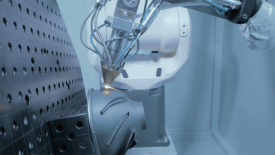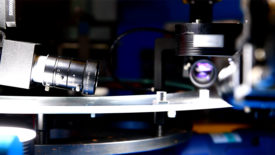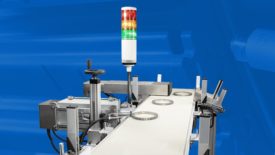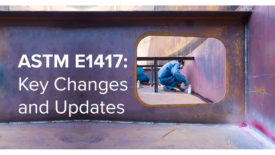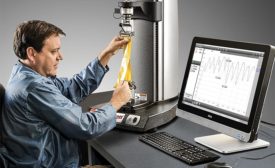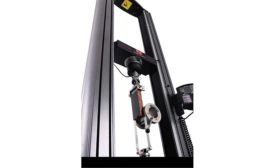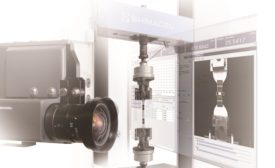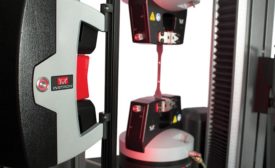Home » Keywords: » ASTM testing
Items Tagged with 'ASTM testing'
ARTICLES
NDT | Radiography
It’s a new chapter in industrial radiography.
Read More
Vision & Sensors | Machine Vision 101
Machine Vision Standards: A Review and Update
Over machine vision's long history in industrial automation, the emergence and development of standards has been one of the key drivers in advancing this technology.
January 3, 2023
Quality 101
Nondestructive Testing Using the Resonance Acoustic Method
RAM is a volumetric approach and evaluates the whole part, both for internal and external structural flaws, metallurgical deviations, and consistency.
December 15, 2022
NDT | Liquid Penetrant Testing
ASTM E1417: Key Changes and Updates
In October 2021 ASTM E1417 was published, replacing the 2016 revision. This revision was completed as part of a standard review cycle, and to address changes in the industry.
April 1, 2022
Peel Applications
Lengthwise force testing for adhesives and interlocking materials.
February 8, 2021
Fixtures for Testing Composites
It is critical to understand the material being tested in order to choose the correct tensile setup.
June 8, 2019
DICONDE in Digital NDT Taking Hold
With the continued demand for more speed, security, and cost reductions, we expect DICONDE in Digital NDT to continue making significant progress
July 8, 2018
Plastics Testing: Are You Compliant?
If you’re testing plastics, it’s critical to keep up to date on your standards to ensure the most accurate and reliable results.
February 1, 2018
Stay in the know with Quality’s comprehensive coverage of
the manufacturing and metrology industries.
eNewsletter | Website | eMagazine
JOIN TODAY!Copyright ©2025. All Rights Reserved BNP Media.
Design, CMS, Hosting & Web Development :: ePublishing

